The human body is amazingly adaptable and we can accomplish amazing feats through training and specific preparation, we read time and time again about the stories of sedentary individuals suddenly taking up exercise and within a short period of time transform themselves from being unable to run for a bus to completing marathons and ironman competitions.
As a coach though i routinely hear from athletes who have lofty goals but keep failing in their pursuit of fitness. These individuals have been told they are non responders to training, they just do not seem to adapt to the stresses off training and improve as others around them.
When i work with these individuals we have to look at what is happening and why they may not be responding to training, i truly believe we are all capable of improving performance in endurance sports but the recipe to do that is not the same for all individuals yet within the endurance world we are constantly fed the same recipe for training and all seem to follow this with varying degrees of success and failure.
When faced with a non responder to conventional training we need to look at 2 aspects, what they are doing in training but also their general and nutritional health needs to be considered.
Lets start with the health side, when i say health i am talking about deficiencies that could be stalling any progress. If you imagine trying to bake a loaf of bread but you have no yeast then no matter what you do the dough is not going to rise. The same goes for training – our bodies need certain ingredients in order to adapt to training and progress fitness.
As an example iron is a essential nutrient for aerobic adaption, if you are iron deficient then typical symptoms include fatigue and nausea. These symptoms are also seen as normal when training especially when unfit, these are not pleasant and having these symptoms continue is why a lot of athletes quickly stop training and return to their sedentary lifestyle.
Iron deficiency is more common that we think especially in modern athletes. Foods that contain high levels of iron are rarely eaten by athletes who think they are eating healthy, they avoid red meat and the best source liver is rarely eaten by anyone these days. When you consider this and then on top of this the fact that iron absorption is compromised by consuming coffee which seems to be the number one ingredient in most busy athletes nutrition plans then its not a surprise iron levels tend to be lower than they should be. I have seen time and time again the removal of excessive coffee drinking and the addition off liver into the diet 2-3 times per week make a huge difference to the progress of athletes training.
If you feel like you stall every time you try and get fit maybe its time to start a different way, go and get a full health check and blood test and check your healthy and body is ready to commence a training program. With modern medicine doctors can test for all sorts of deficiencies within the body – getting healthy and making sure your in a good place health wiser before commencing a training program will make a big difference to your progression and also how much you enjoy the process.
Once we have looked into the health side and made sure the athlete does not have deficiencies present that are preventing the body from adapting to the training then we need to start looking into the specific training routine.
Within sports we all have different talents, some of us are good at sprinting while others are more gifted at endurance events, this is all to do with how our muscles are built genetically. While an athlete predisposed to endurance will always struggle with speed an athlete built for speed can develop very good endurance with the correct training.
To start we need to look at volume of training, very rarely will an athlete be training too little to adapt and most jump straight in at the deep end and train too much. Too much volume too quickly can stall progression as everything gets backed up, this is linked to the health side in that not enough nutrients are present to allow the body to adapt and rebuild after training so progression simply does not happen. This is something i see a lot in not only beginners but also pro athletes.
Reducing training load can be all that is needed to start seeing significant progression in fitness. Always remember our bodies are made to adapt, so long as we give the right stimulus adaption will happen.
Now if changes in training load are not leading to any changes then we need to look at the content of the sessions. First thing i look at is the endurance work within the program, as an example if an athlete completes their long run every week at an appropriate pace and still struggle with the session week on week then something needs to change. Taking this athlete though a 4-6 week block of work focussed on short duration sprints in the 20-40s range with long recoveries and then going back to the endurance work results in much improved results and limited fatigue in endurance sessions when compared to before the sprint work.
Looking at the reverse we have athletes who never have issues with endurance sessions, wether fully fit or after a long period of rest they can go straight out and do an endurance session with little stress on the body, yet these athletes can really struggle to see any development in these sessions. These athletes are natural endurance athletes and no amount of training is going to really develop this area and to move performance levels up the focus would be on longer duration hard intervals in the 3-4minutes range with short recoveries.
Training really is individual and coaching is the art of finding the right recipe for each athlete.
If your sick of the same performances and stalled progression then maybe its time to take a real look at your training and find out what is stopping your progression. After all training is defined by applied stimulus to the body that brings about improvements in performance – if this is not happening then your not really training!
enjoy your training
Coach Alun “Woody” Woodward
ironguides is the leading Lifestyle Facilitation company for athletes of all abilities. We provide coaching and training services, plans and programs, as well training education, health and fitness products to help you learn and live a healthy lifestyle. Come get fit with one of our monthly training subscriptions, event-specific training plans, coaching services, or a triathlon training camp in an exotic location! ironguides also provides Corporate Health services including Corporate Triathlons, Healthy Living retreats and speaking engagements. At ironguides, your best is our business!
Train with ironguides!
Personalized Online Coaching: Starting at USD190/month
Monthly Training plans (for all levels, or focused on one discipline): Only USD39/months
Event based training plans:
Sprint Distance (USD45 for 8-week plan)
Olympic Distance (USD65 for 12 week plan)
Half Ironman (R$95 for 16-week plan)
Ironman (USD145 for 20-week plan)
X-Terra (USD65 for 12-week plan)
Running Plans (10k, 21k and 42k – starting at USD40)

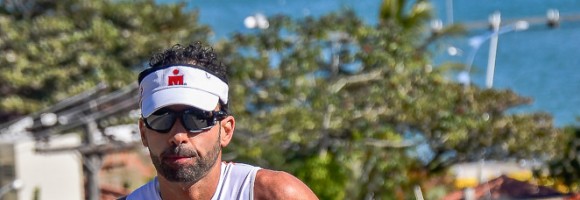

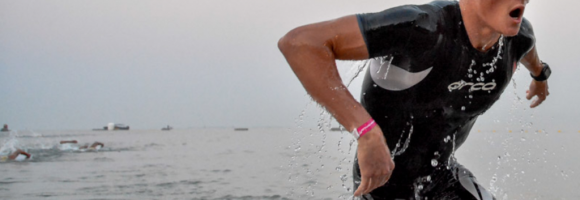
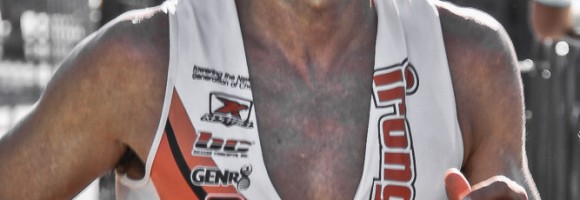
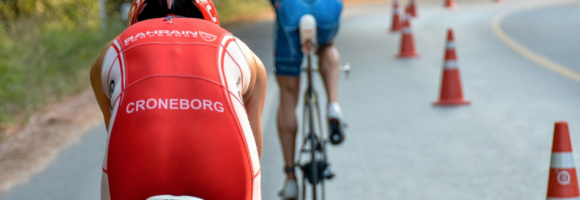
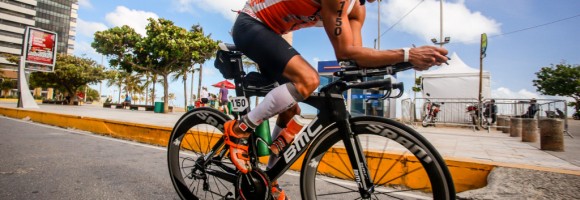
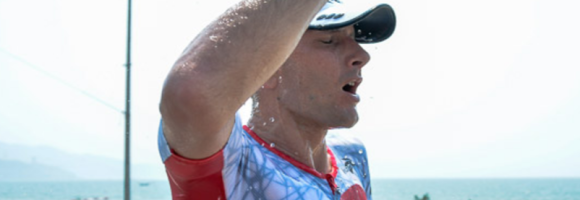
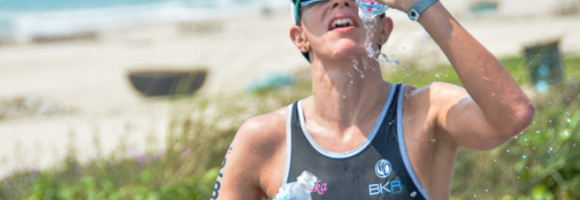



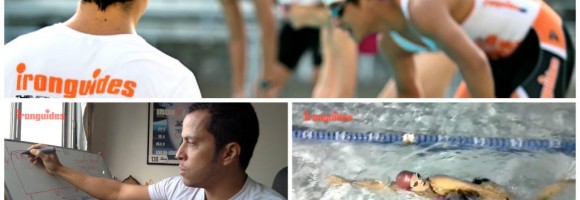
Recent Comments